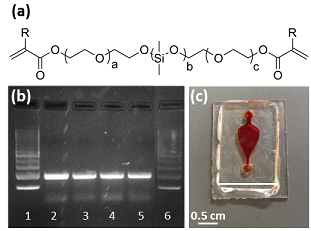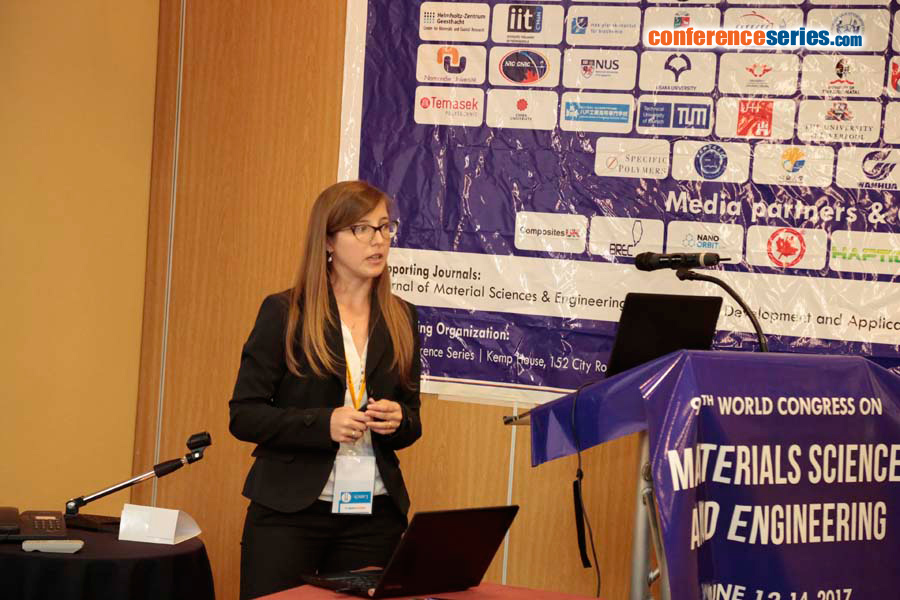
Alessandra Vitale
Polytechnic University of Turin, Italy
Title: Siloxane photopolymers for PCR microfluidics
Biography
Biography: Alessandra Vitale
Abstract
Microfluidic devices represent an emerging technology with a great potential in analytical life sciences. In particular lab-on-a-chip concerning genomic applications has attracted great interest; in such systems there is often the need to provide an efficient DNA amplification by PCR (polymerase chain reaction). Nowadays, polymers are the materials of choice for the fabrication of micro devices for genomic applications. For prototyping and small-scale production, soft lithography—a family of multiple-step techniques based on molding the thermally curable elastomer polydimethylsiloxane (PDMS) is the current gold standard. However, the commercial and common thermally curable PDMS shows some drawbacks that limit its applicability in biotechnology, such as the difficulty in controlling and modifying the surface chemistry and in tuning the physical and mechanical properties of the material. An appealing alternative to thermally curable PDMS prototyping is the use of specially designed UV curable polymers, as photopolymerization is a very fast reaction that leads to the synthesis of highly cross-linked networks in few seconds at room temperature. Moreover, this technique can be applied to a wide variety of photocurable polymers, allowing to select and tune the desired physico-chemical properties of the final device. In the present work, we introduce the use of a class of photocurable siloxane polymers for the fabrication of microfluidic devices for biomedical applications (i.e., PCR). New multifunctional acrylic oligomers are synthesized (Figure 1a) and then photo cross linked. Moreover, copolymerization is used as strategy to optimize the photopolymer properties. The polymers and copolymers synthesized are suitable for bio microfluidics: they are PCR compatible (Figure 1b), highly resistant to temperature and various solvents, transparent, dimensionally stable and essentially non-permeable to water vapor. Therefore, these materials are used to fabricate microfluidic devices (Figure 1c), in which PCR is successfully conducted as proof of principle.

Figure 1: (a) Example of chemical structure of a synthesized acrylic siloxane oligomer. (b) Gel electrophoresis analysis of PCR-products; lanes 1 and 6: DNA ladder, lanes 2-5: addition of a polymer piece into the test tube. (c) Siloxane PCR device filled with colored water.
Recent Publications:
1. Yang J, Vitale A, Bongiovanni R, Nie J (2015) Synthesis and characterization of siloxane photopolymers used for microfluidic devices. New Journal of Chemistry 39: 2532-2540.


